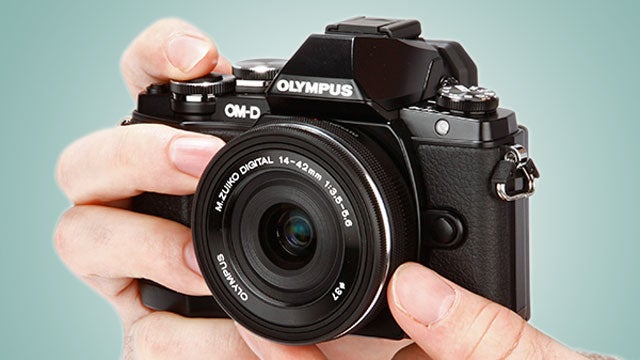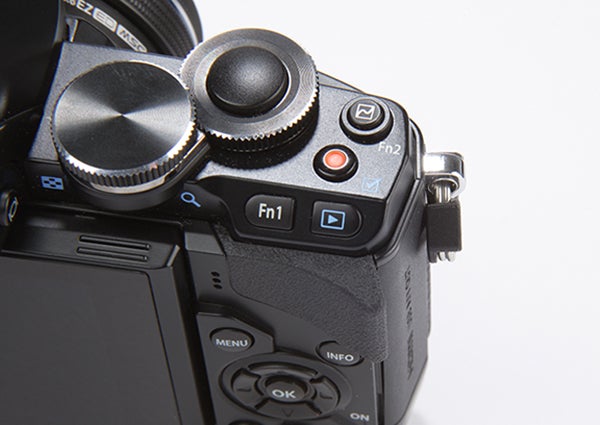Olympus OM-D E-M10 Review - Performance Review
Performance
Olympus offers a top-quality CSC at an entry-level price

Sections
- Page 1 Olympus OM-D E-M10 Review
- Page 2 Design Review
- Page 3 Performance Review
- Page 4 Image Quality and Verdict Review
Olympus OM-D E-M10 | Performance
The OMD E-M10 may sit slightly below the E-M5, but it benefits greatly from those 81-segment AF points. In good light, contrast-detection AF is fast, but here it also performs reasonably well in low light, using the AF-assist beam in very poor lighting. Focusing is still noticeably slower in such conditions, but decent enough and with very little subject-hunting. Selecting the AF-point manually also helps in poor light.
When metering, the proprietary electro-selective pattern (ESP) metering is preferred, which is the equivalent of an evaluative system in other cameras, and the mode that will suit most shooting applications.

The E-M10 responded to highlights and shadows by making relatively fast adjustments to the exposure compensation – and it did well, avoiding over- and underexposing scenes.
Spot-metering is achieved from any one of the E-M10’s AF points, selected using the twin dials, the arrow controls on the D-pad or by tapping anywhere on the frame using the touchscreen display. Centreweighted metering works as expected.
The E-M10’s viewfinder, borrowed from the E-M5, has a speedy refresh rate of 120fps – with barely noticeable lag – making it a reasonable alternative to the optical versions on DSLRs.
Shooting information can be accessed through the EVF or LCD, though you can’t simultaneously view the histogram and levels information. The most impressive thing about the EVF is the ability to see the exposure adjustments, art filter effects and colour modes, displayed as they’re made.

The E-M10’s touchscreen is reasonably clear in direct sunlight, and being able to tilt it up and down 45 degrees helps with awkward shooting angles, while swiping through images, navigating the menu, focusing and taking pictures is quick and easy. Also, by setting the touchscreen shutter icon to ‘focus and shutter’, it’s possible to literally point and shoot.
The E-M10’s video facility isn’t really designed for advanced filming, having neither 60p video recording nor a microphone port. That said, for casual video the quality is decent enough, with video recorded in .MOV or .AVI and in Full HD 1920 x 1080, 30fps, 24Mbps.
The omission of the horizontal and vertical anti-shake shift axes means there’s a danger of camera shake in macro photography, stills with shutter speeds below 1/15sec and videos.
As a compromise Olympus has included Movie IS system, which is a hybrid solution using electronic IS in conjunction with the 3-axes to make adjustments to pixels used by the sensor to reduce wobble.

